Water Protection
The Bristol Bay Heritage Land Trust helps secure priority water reservations for fish and safeguards for salmon streams under Alaska law.
Anadromous Waters Catalog
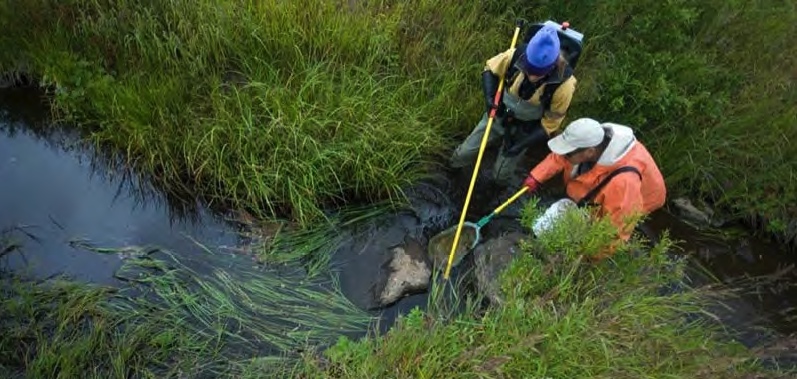
The Anadromous Waters Catalog (AWC), described in Alaska Statute 16.05.871 and Alaska Administrative Code AAC 95.011, provides the most basic legal protection for an Alaska stream or lake containing salmon. Once included in the AWC, a waterbody cannot be disturbed without prior notice to, and a permit from, the Alaska Department of Fish & Game. To nominate a waterbody for inclusion in the AWC, it is necessary to survey the stream for the presence of anadromous fish (primarily salmon) and credibly document any observation of juveniles and/or adults.
The Anadromous Waters Catalog is available here.
Fish Surveys in the Headwater Streams of the Nushagak and Kvichak River Drainages, 2008 – 2010
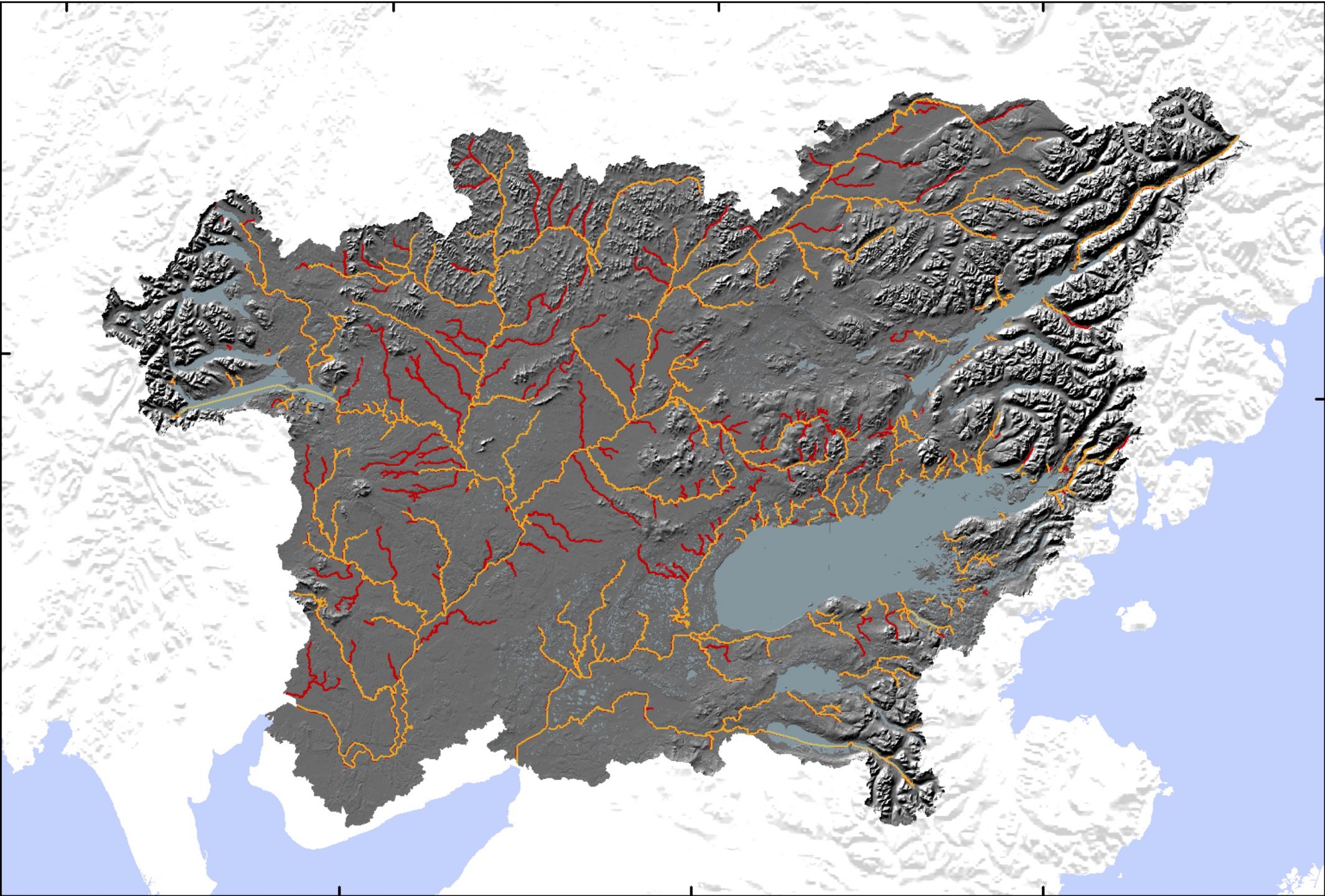

Reservations of Water for Fish
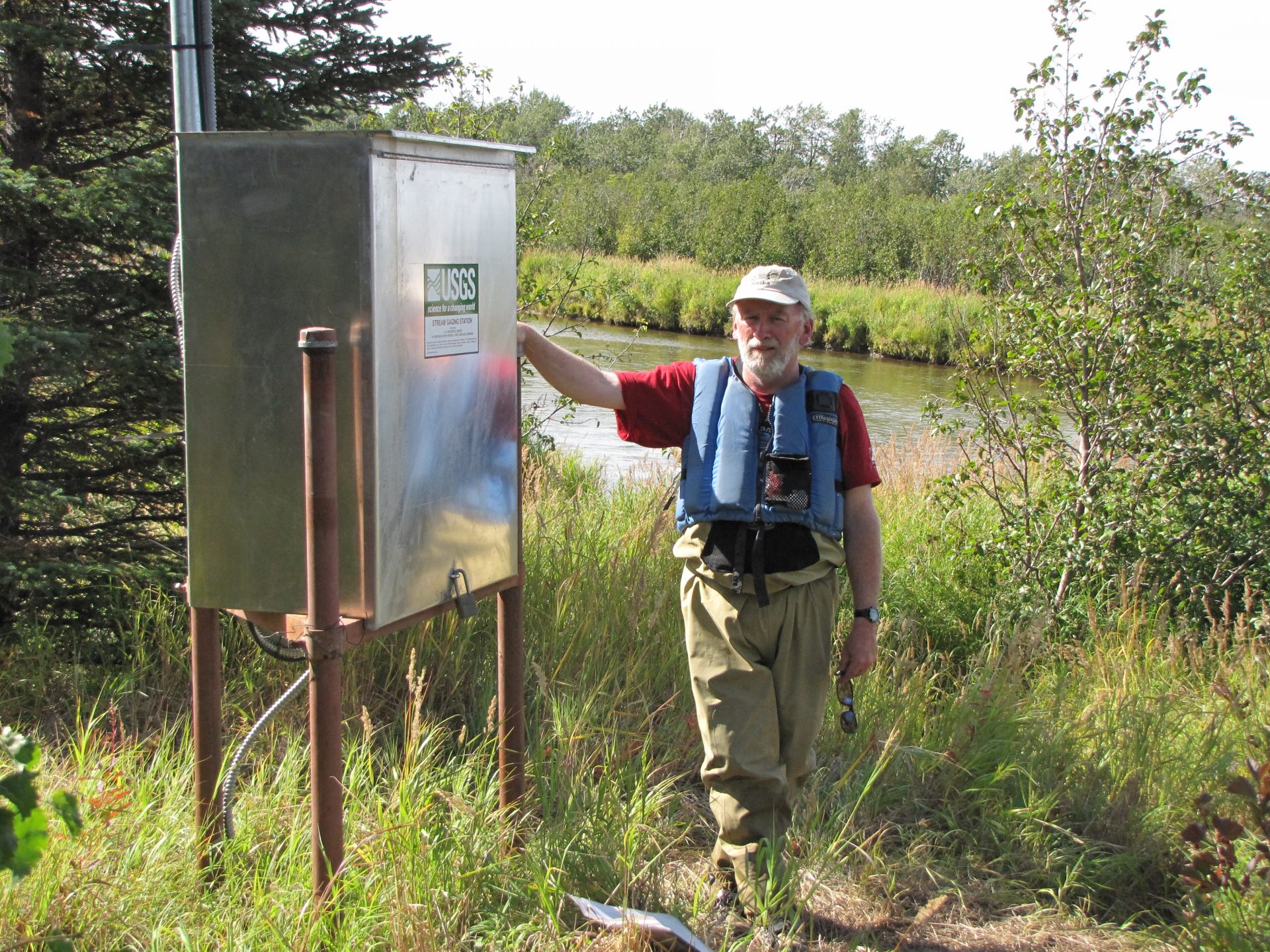
Another strategy to protect salmon pursued by the Bristol Bay Heritage Land Trust is to take advantage of instream flow reservations provided for in Alaska law (AS 46.15.145). These reservations permit government agencies, private individuals, and organizations to secure legally enforceable rights to keep water in rivers and lakes for fish. Reservations are designated by lake, river reach, or stream reach. These reservations are expensive to secure because hydrologic gauge sites are generally remote and only accessible by helicopter or boat. A gauge site can cost upwards of $100,000 per year to maintain. The Alaska Department of Natural Resources administers the instream flow program and generally requires a minimum of five years of flow data collection before a reservation can be approved. The Land Trust has secured donation and grant funds to support many of the pending reservations in Southwest Alaska. Since 2008 the following instream flow reservations have been initiated by partners:
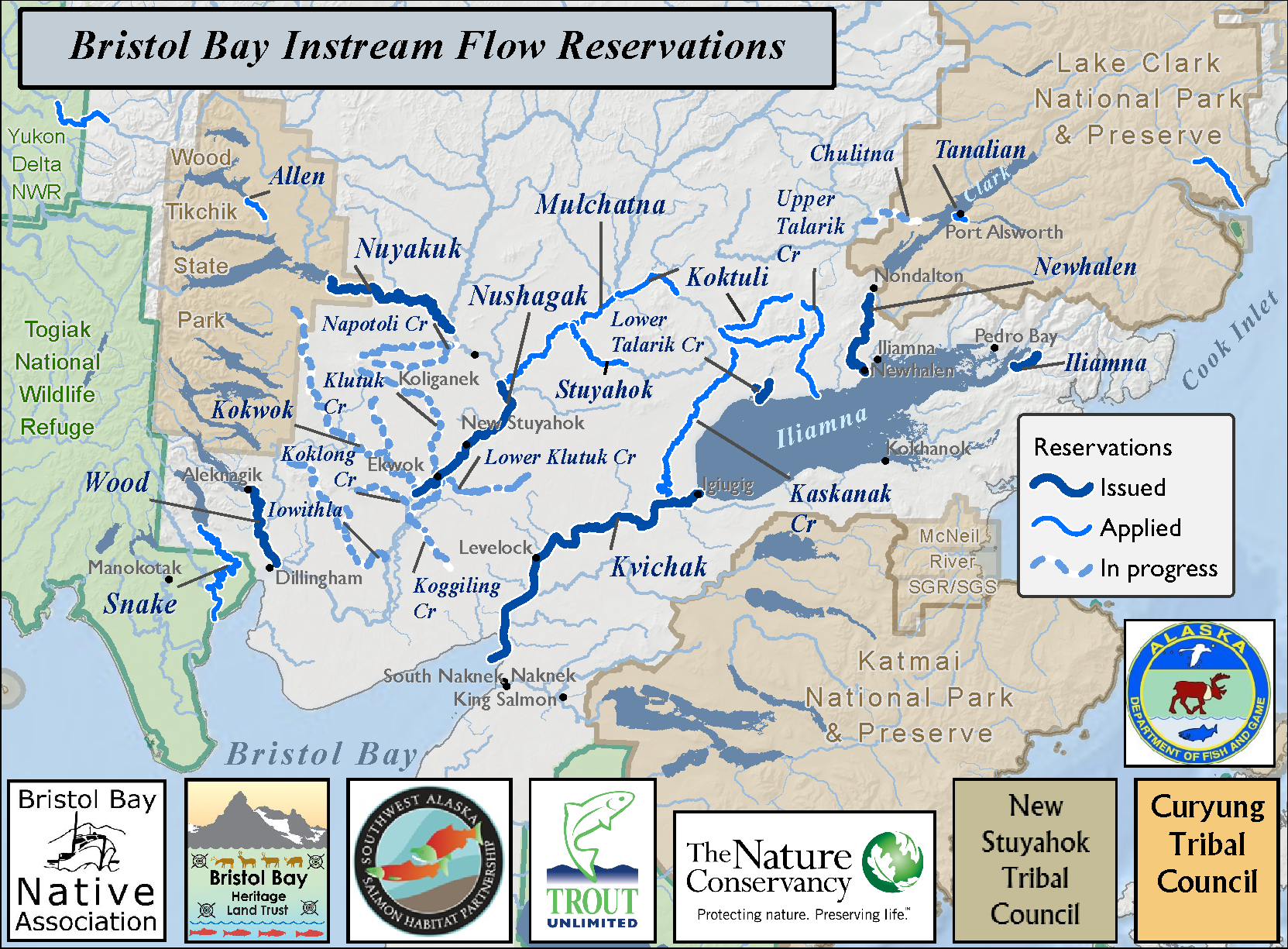
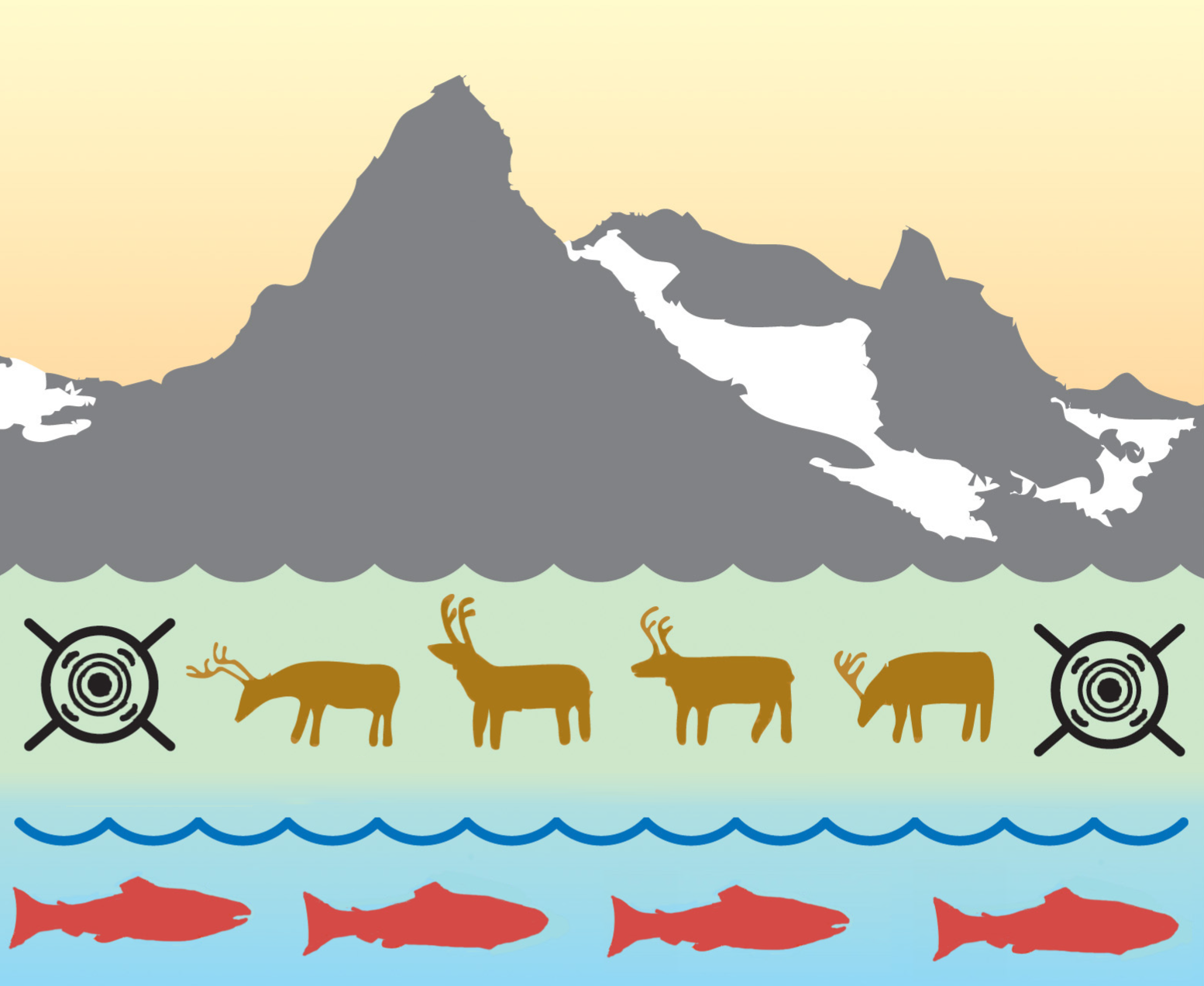
 About
About